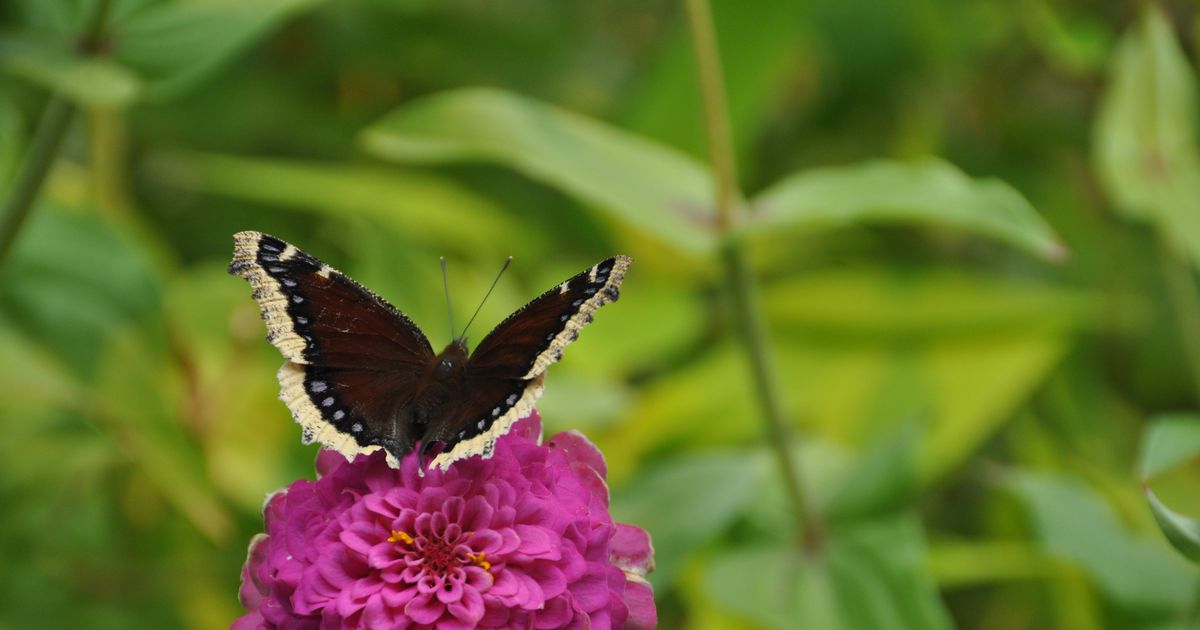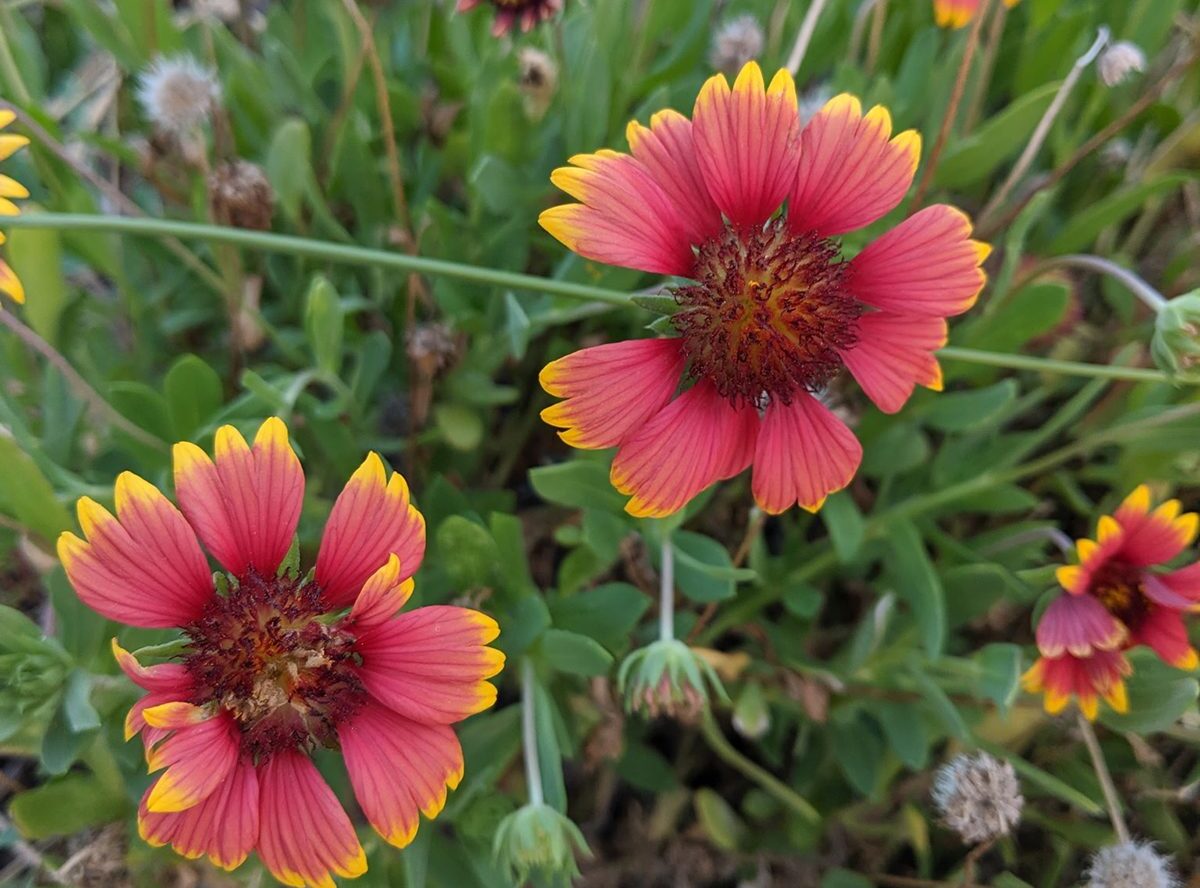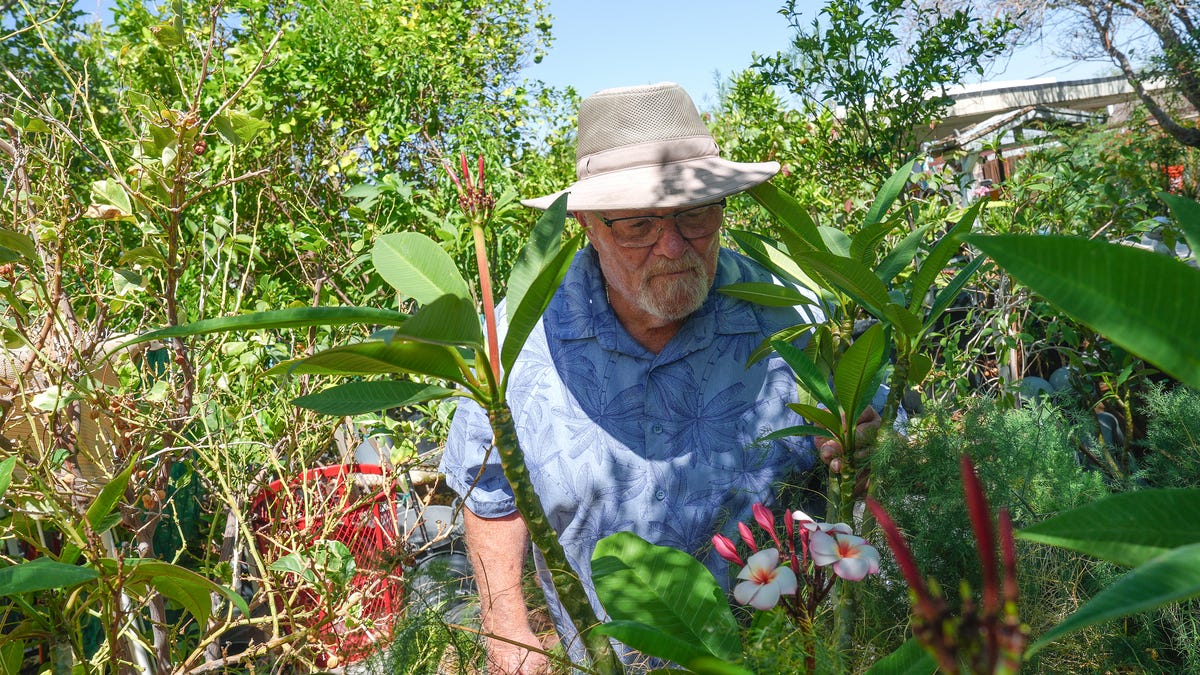Last week was National Pollinator Week, which celebrates the importance of insects, birds and other animals that pollinate flowers.
Yes, I said insects, birds and other animals. We all know about the native and domesticated bees that bounce from flower to flower this time of year. But guess what, there are a lot more pollinators out there that contribute to plants being able to set seed, and supply pollen and nectar.
Other pollinators besides bees include birds, especially hummingbirds, butterflies and moths, flies, wasps and beetles. Some of these are not surprising, but if you think about it, any critter that moves around among flowers can transfer pollen across a garden. Let’s look at some of these other unsung pollinators.
Birds
Hummingbirds are the most common bird that provides pollinator service in our region. Since their diet consists of sipping nectar for energy to keep their wings going at over 3,000 beats per minute, nectar is important. To get it, hummingbirds stick their long beaks into flowers for nectar and in doing so, pollen collects on their face feathers. When they move to the next flower, the pollen rubs off and they collect more and so on.
Butterflies and moths
Like hummingbirds and bees, butterflies and moths feed on nectar and accidentally pick up pollen as they visit each flower. Butterflies and moths need nectar for the energy to fly. They pick up pollen and distribute it around the garden. Ever seen a swallowtail butterfly resting on a flat yarrow flower? They are picking up pollen as they rest. Common Northwest butterflies and moths here include the swallowtail, mourning cloak, painted lady, polyphemus moth and the white cabbage moth.
Flies
Flies like all the other critters mentioned here need nectar foe energy and transfer pollen as they move around. Many of the beneficial flies we like to have around as predators are pollinators. Syrphid or hoverflies and a variety of bee flies feed on nectar and pollen. There are several types of bee flies that resemble bees with striped bodies and bee colors that they use as a defense against predators. Flies are important pollinators of onions, sweet pepper and native plants like swamp lanterns (western skunk cabbage), wild ginger and some trillium species.
Wasps
Several types of wasps also contribute to pollination, although not at the same level as other insects.
Pollen wasps are often mistaken for yellowjackets or paper wasps and are solitary building mud nests. They are important pollinators of beardtongue (Penstemon) flowers. Western and German yellowjackets may inadvertently transfer pollen and they harvest nectar. Paper wasps and mud daubers also make a contribution.
Beetles
Beetles as pollinators are often overlooked as pollinators but are up there with bees and butterflies. Common Northwest pollinating beetles include long-horned beetles, checker beetles, soldier beetles and pintail beetles. They are drawn to flowers that have large, cup-shaped flowers or clusters of small flowers that fit their larger size. Beetles as pollinators predate the evolution of bees and butterflies.










